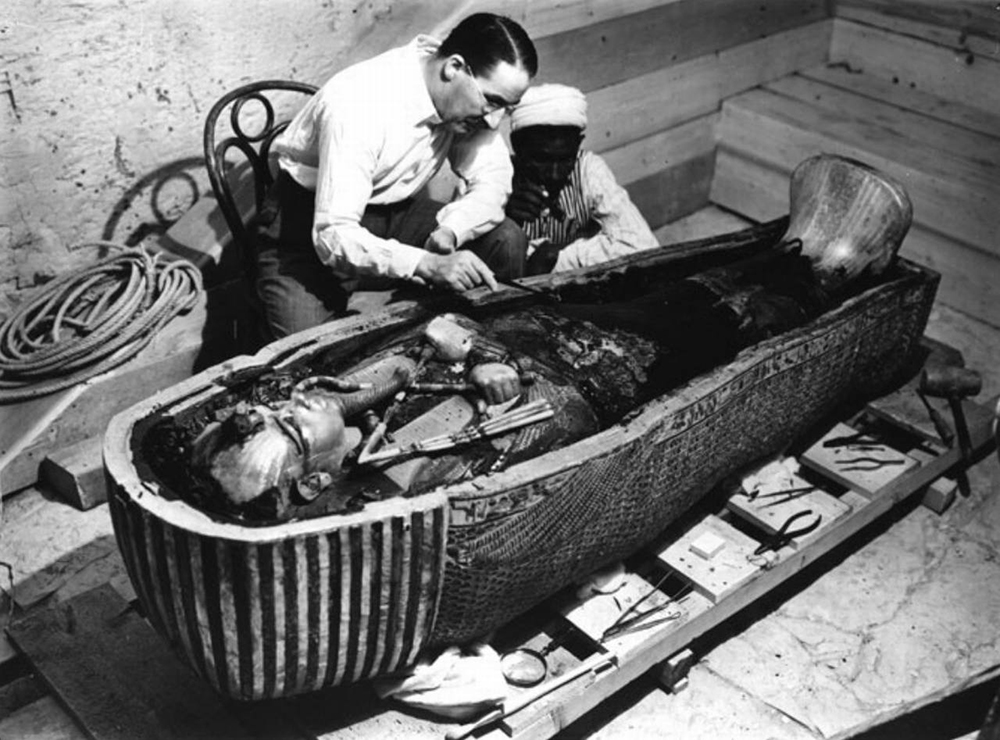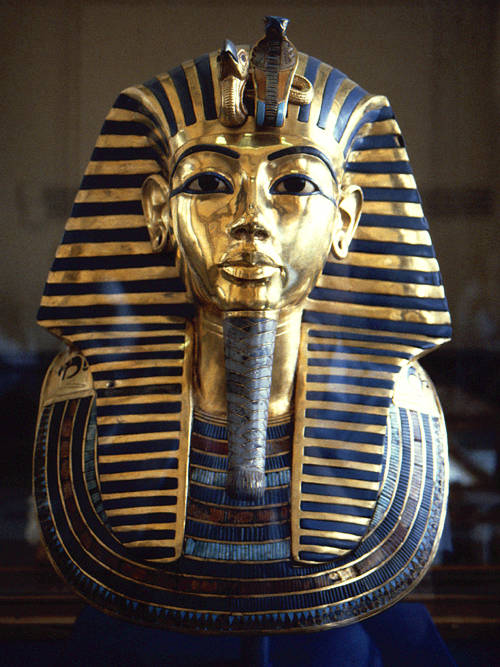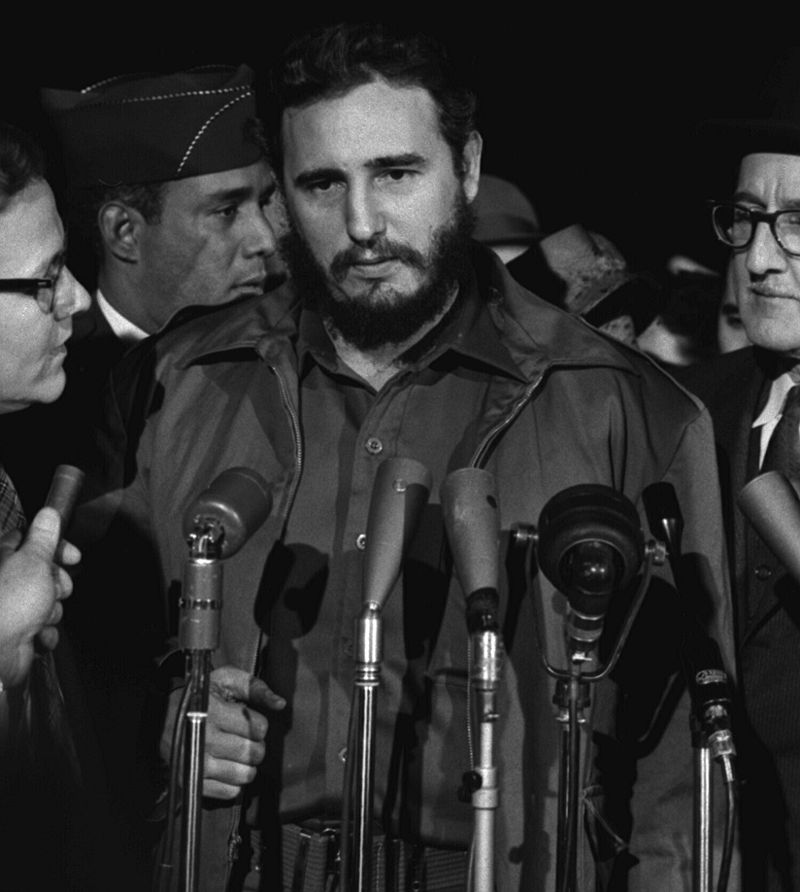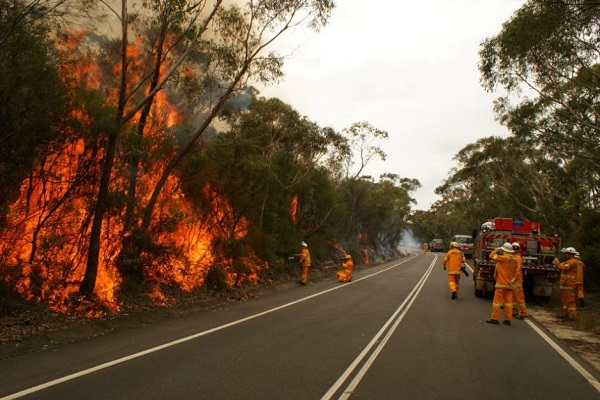1. 1932: King Tut’s burial chambers opened

PHOTO: GrayandDavis

PHOTO: Wiki
The first step of King Tut’s Tomb was found in November of 1922, but then took a total of 8 years to get all the way through the four rooms and multiple hallways. Part of the tomb had been entered twice since it was originally sealed and British Egyptologist Howard Carter discovered that first stair in 1922. From the disarray of the materials inside they came to the conclusion that grave robbers had gotten into two of the four rooms of the tomb, but the seals remained intact of the other two rooms. One of those rooms was the Burial Chamber, and that’s what Carter opened on this day in 1923. In the sarcophagus there were 3 coffins, one of which was made of solid gold and contained the remains of King Tutankhamen who had lived circa 1400 B.C. and died when he was just a teenager.
2. 1959: Fidel Castro takes oath as prime minister in Havana, Cuba

PHOTO: Flashbak

PHOTO: Wiki
On this day in 1959, Fidel Castro is voted into office as the Prime Minister of Cuba. Castro was sentenced to 15 years prison by Cuban leader Fulgencio Batista for conspiring to over throw the Cuban government. Batista felt he had enough control of the situation that he released all political prisoners including Castro. After he was released, Fidel and his brother Raul went to Mexico where they met up with Argentinian idealist and revolutionary Ernesto “Che” Guevara. Castro was in office during the “Bay of Pigs” and the “Cuban Missile Crisis.”
3. 1983: Bush fires run wild in South Australia

PHOTO: news.com.au
Wind speeds of up to 55mph with gusts reaching as high as 80 were a huge factor in causing 24 major wildfires that destroyed thousands of acres, killed 75 people, and injured as many as 800. The summer of 1982 – 1983 had been extremely hot and dry in South Australia, and the drought-like conditions created fuel for fires by drying out all the brush and trees. Mixed with the high winds, all that was needed was the slightest spark and you have a really serious problem on your hands. The fires killed approximately 350,000 farm animals, and while wild fires are not terribly uncommon in the area, this particular one was different both because of its size and that it was threatening heavily populated areas. The towns of Otway, Gambier and Geelong received the heaviest brunt of the fires, but thanks to as many 16,000 firemen, the blaze was under control and finally put out the following day.


